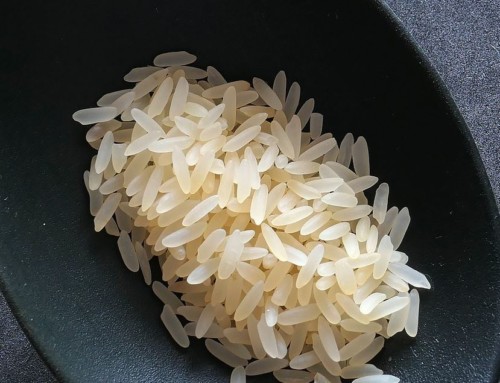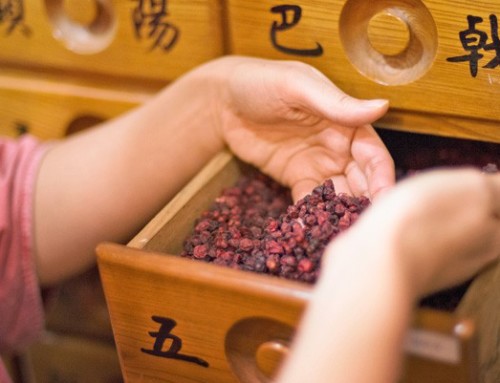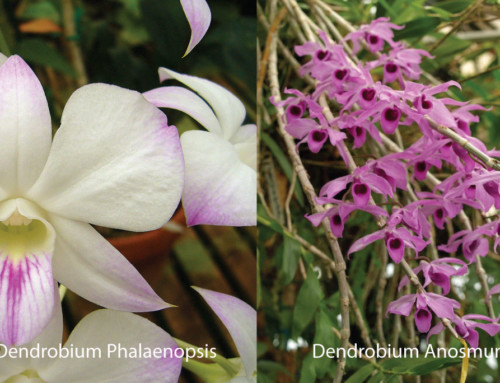 Hyperpigmentation is the technical term for what many people call dark spots, freckles, liver spots, acne scars, and uneven skin tone. Melasma (cholasma), or pregnancy mask, and linea nigra are forms of hyperpigmentation.
Hyperpigmentation is the technical term for what many people call dark spots, freckles, liver spots, acne scars, and uneven skin tone. Melasma (cholasma), or pregnancy mask, and linea nigra are forms of hyperpigmentation.
Biomedical Cause
Hyperpigmentation is the result of 2 things: 1) the excess production of melanin and 2) the body’s inefficiency to break up the melanin clusters and eliminate them. Melanin is a pigment produced by melanocytes that gives the skin color. Darker skin tones have higher concentrations of melanocytes. Melanocytes are activated by UV light or topical irritants and procedures to produce melanin. This means the major causes of excess melanin production are sun (or tanning bed) exposure and topical serums or procedures that cause an inflammatory response. Inflammation caused by hormonal imbalances or acne are also a major trigger for excess melanin production. Persons of Asian, Middle Eastern, African, and Latin descent have a greater tendency towards hyperpigmentation.
Melanocytes are located between the epidermis and dermis. Clusters of excess melanin can be located deep in the skin and cannot simply be exfoliated off, though exfoliation can stimulate more rapid cell turnover. Rather the microcirculation and lymphatic system must be efficient enough to break up the clusters and move them out of the skin, into the blood stream to be eliminated. Impaired microcirculation and lymphatic system will also cause rough, tough, uneven skin texture.
Traditional Chinese Medicine (TCM) Cause
My personal experience is that most cases of hyperpigmentation are a Liver imbalance: Blood deficiency, Qi and Blood stagnation, and sometimes Heat. The Liver in TCM terms is intimately tied to hormonal cycles and becomes vulnerable during menses, postpartum, and menopause. This is why improper care during menstruation, postpartum, and menopause can lead to hyperpigmentation.
Internal Solutions
Practicing Menstrual Renewal, Postpartum Recovery, and proper menopausal care are critical to treating and preventing hyperpigmentation. These practices ensure hormonal balance and promote optimal microcirculation and lymphatic functioning.
In addition to Chinese herbal formulas, I recommend taking 1 capsule of Avogen daily. Avogen is a compound isolated from avocados that affects the cellular matrix, making the skin structure softer, increasing microcirculation, and greatly speeds up the process of cell waste removal (including excess melanin).
Topical Actives
Since hyperpigmentation can be caused by inflammatory topicals, avoiding inflammation is the #1 priority. Eliminate sulphate cleansers. Absolutely no benzoyl peroxide or hydroquinone. These 2 ingredients are often marketed as treatments for hyperpigmentation, but are so inflammatory they worsen it longterm. Acids are helpful when used occasionally (once a month or so) to stimulate cell turnover. Acids used regularly in cleansers, moisturizers, etc. will cause inflammation and exacerbate hyperpigmentation.
I recommend 302 Professional Skincare products because they are natural, corrective, and calming to the skin. Specifically I like to put patients on a regimen on 302 Drops 3x a week, Lightening Drops 3x a week, and Clarity once a week. 302 Drops contain the same active ingredient as Avogen. It softens the skin and increases cell microcirculation. Lightening Drops contains a stable form of Vitamin C (THDCA). Vitamin C brightens the skin and increases the skins’ ability to resist and repair sun damage. Clarity contains powerful retinoid (Vitamin A) which weeds out defective skin cells and is a key topical in lightening, acne-clearing, and anti-aging regimens. Retinoids must be used sparingly as they will cause irritation, dryness, and flaking when used in excess.





